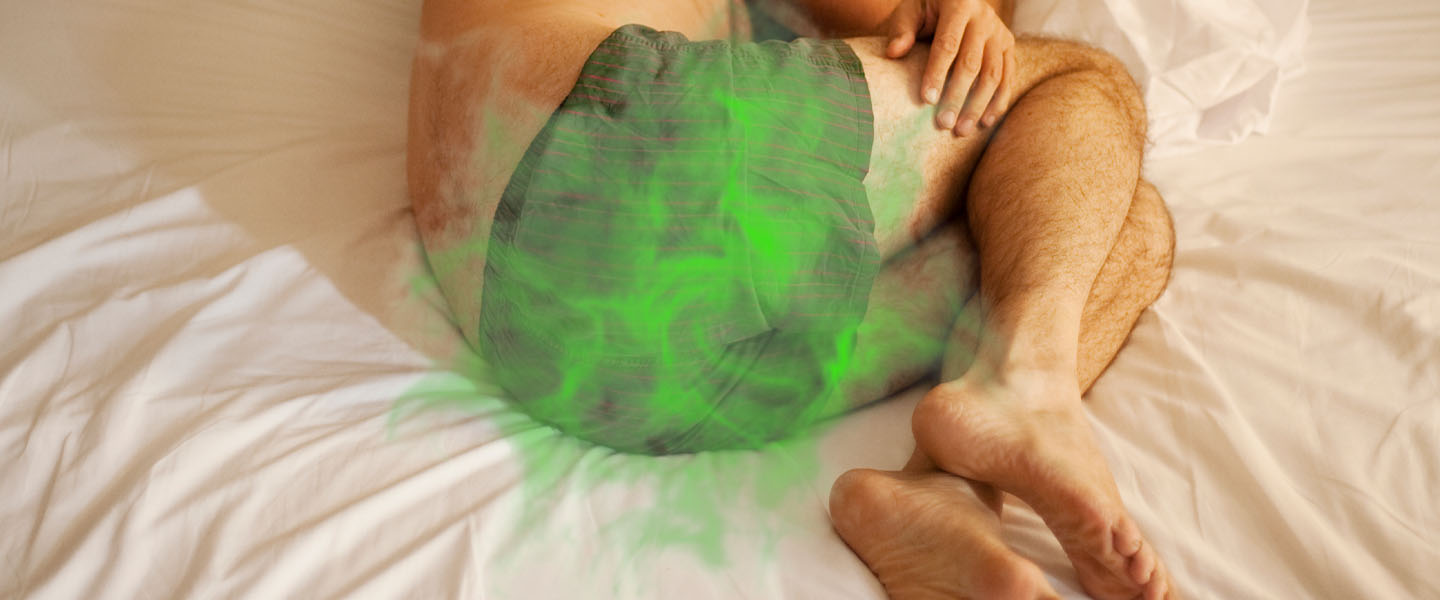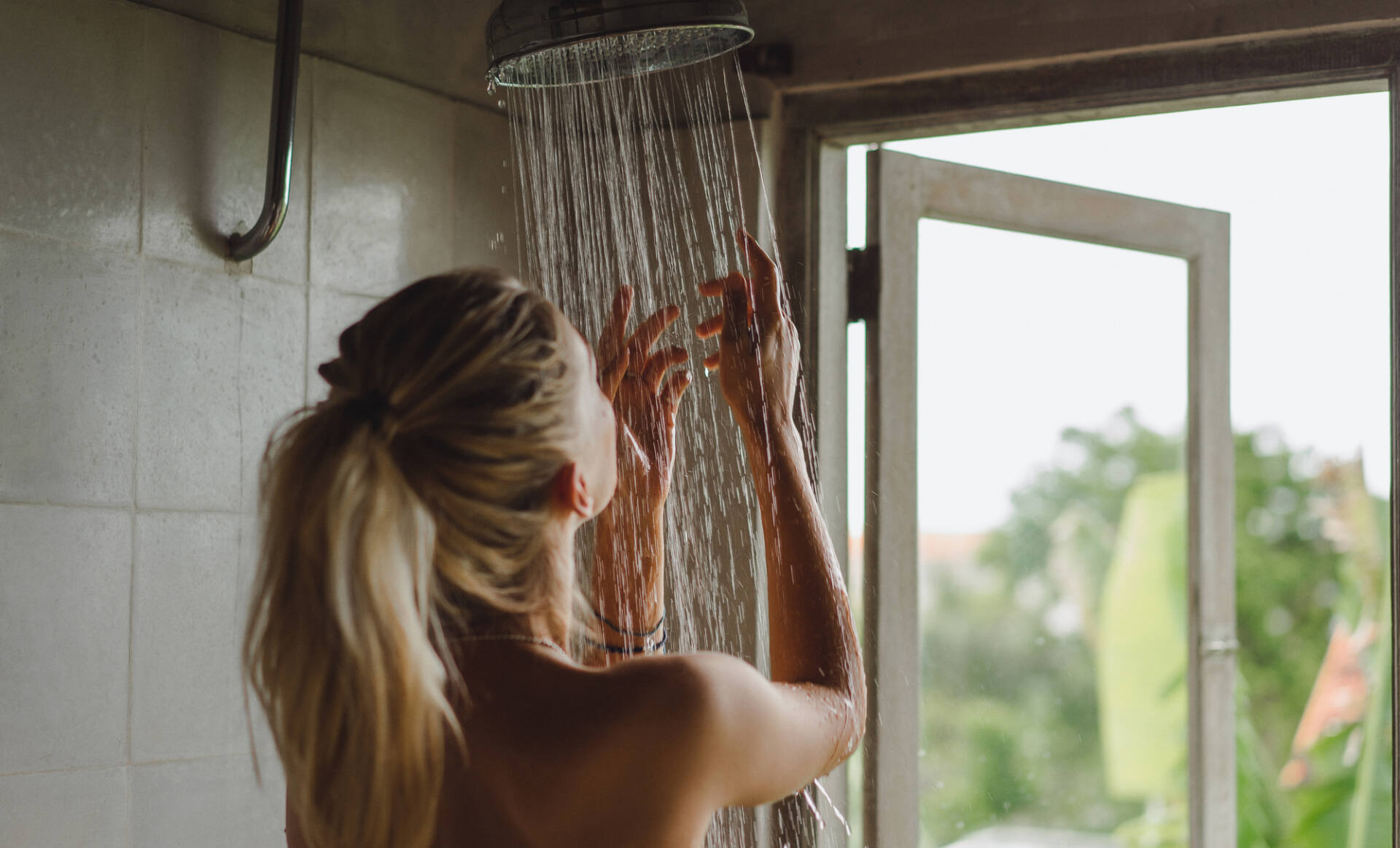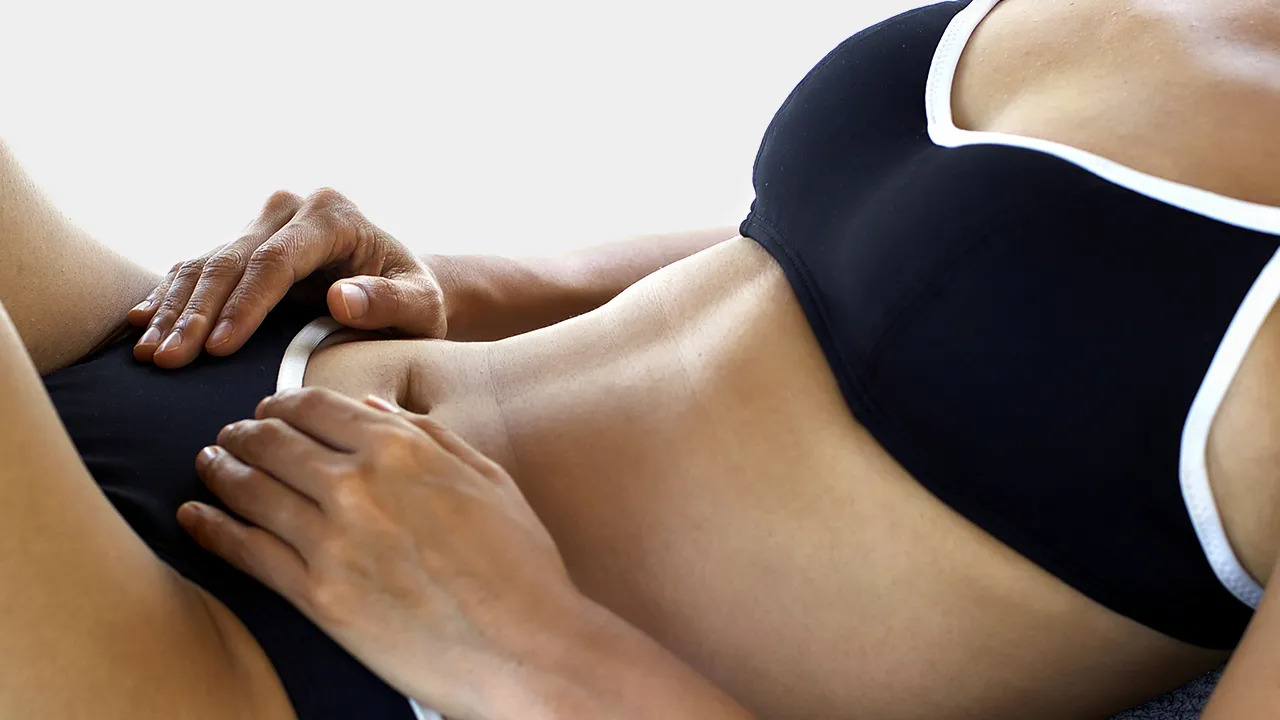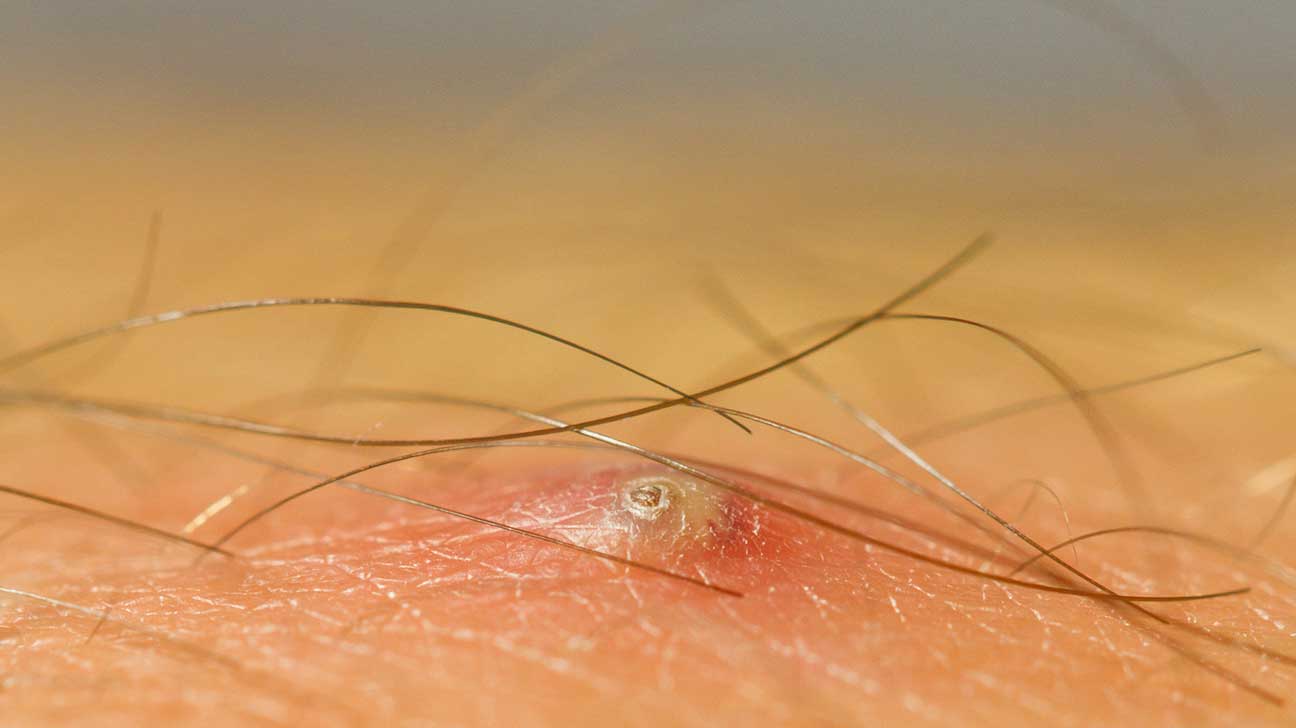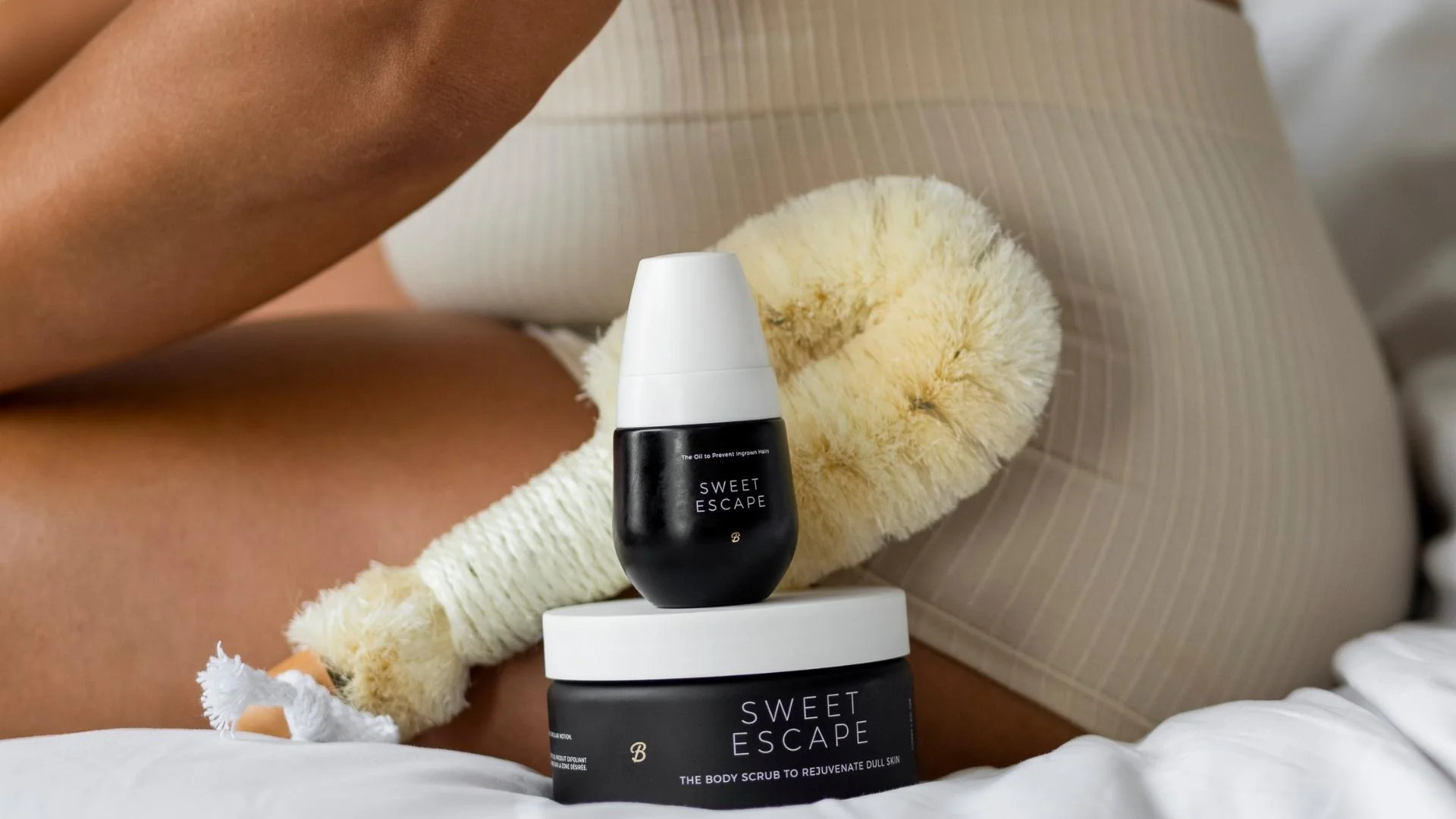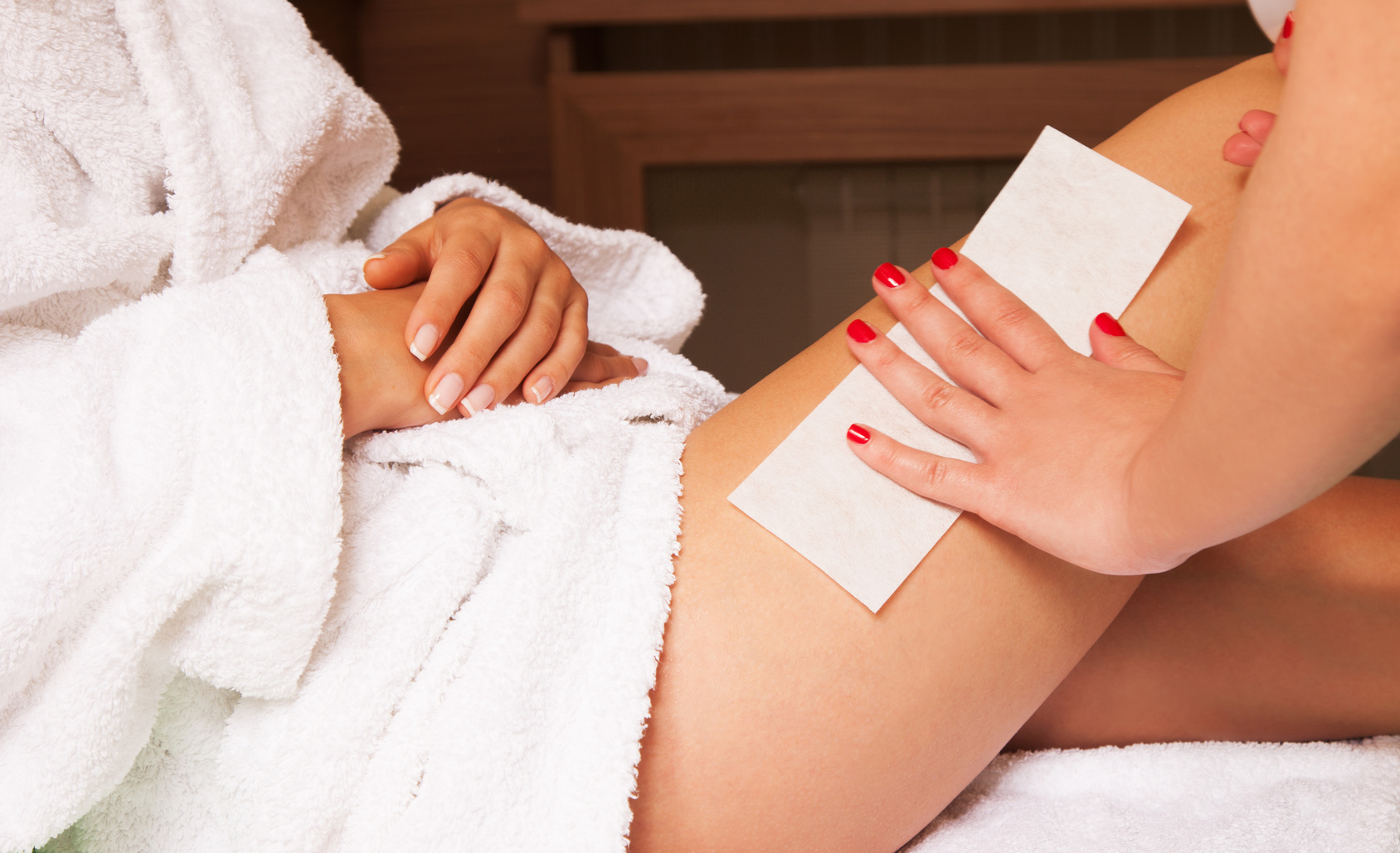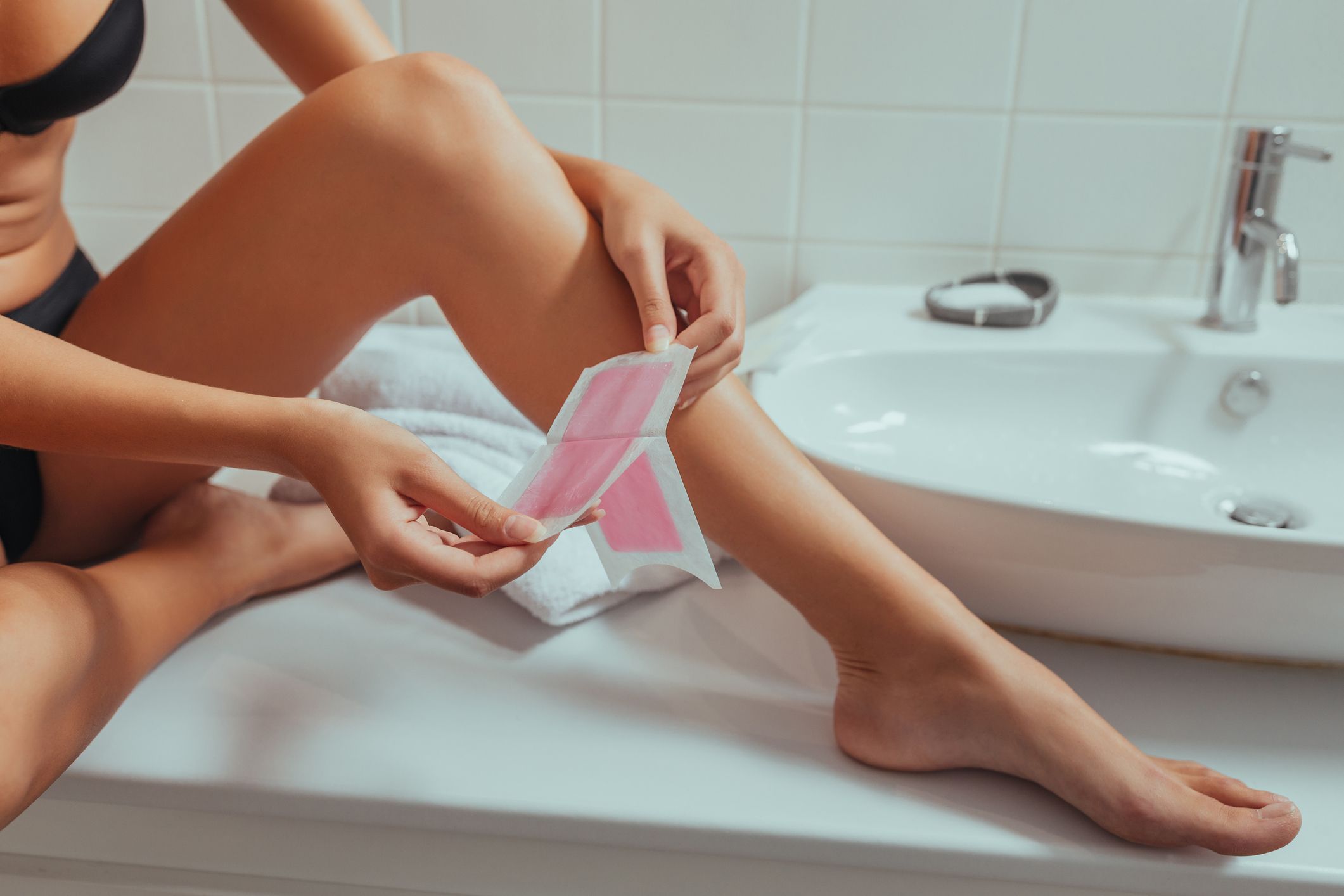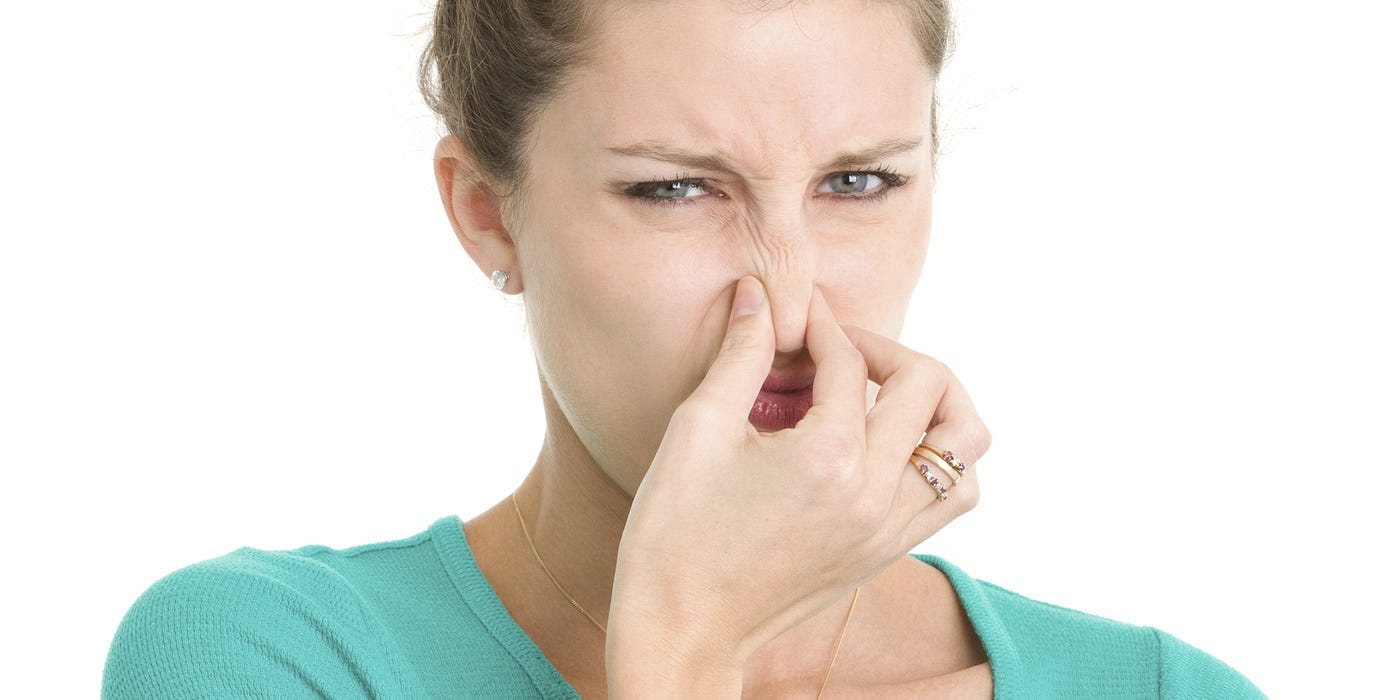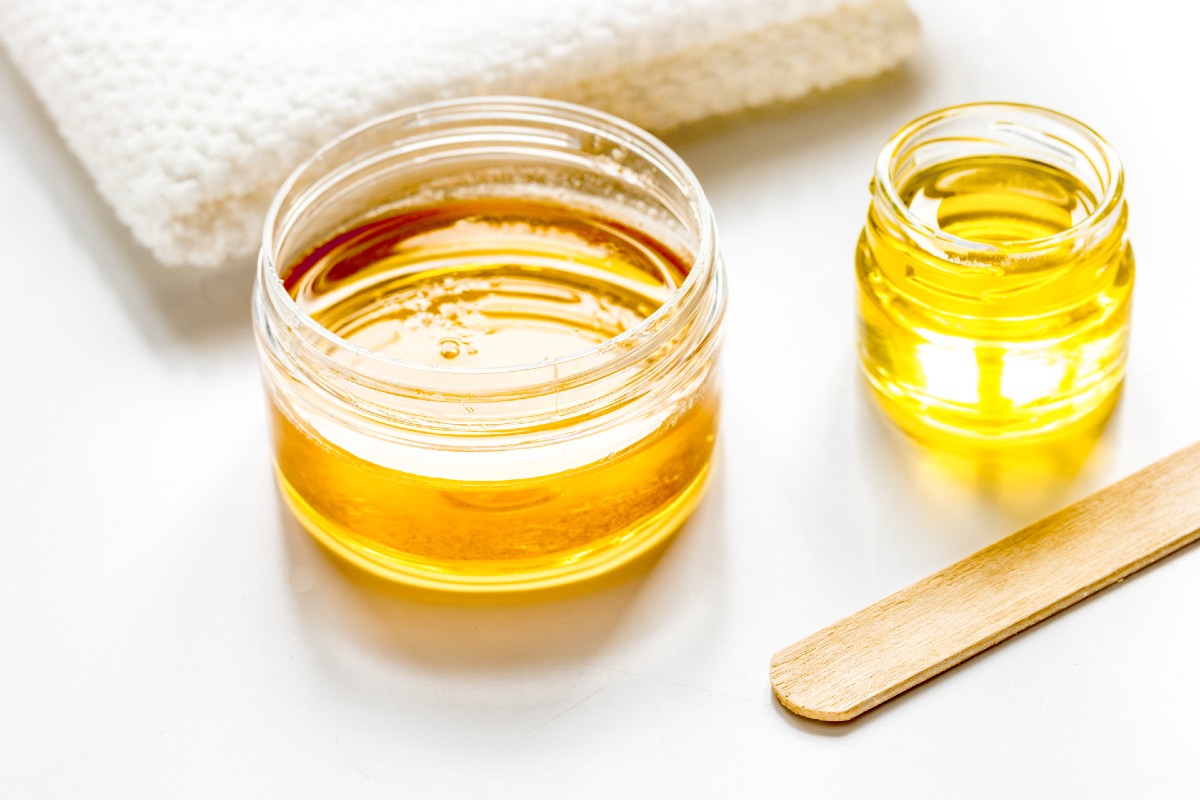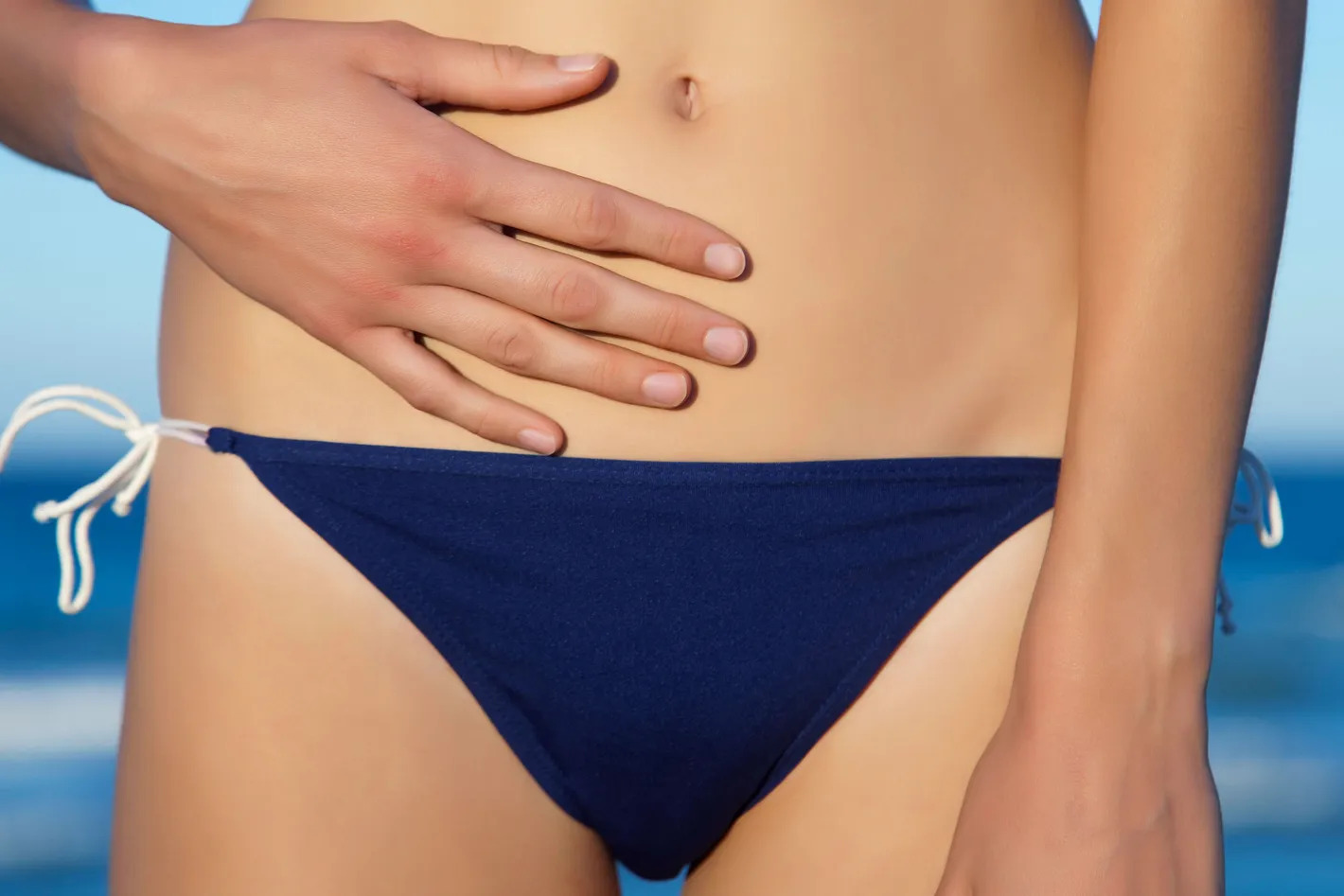

FAQs
Why Am I So Itchy After A Brazilian Wax
Modified: August 26, 2023
Learn why many people experience itchiness after getting a Brazilian wax. Find answers to general questions about post-waxing itch and effective remedies.
(Many of the links in this article redirect to a specific reviewed product. Your purchase of these products through affiliate links helps to generate commission for Under-tec.com, at no extra cost. Learn more)
Table of Contents
Introduction
Getting a Brazilian wax can leave you feeling smooth and confident, ready to rock that bikini or embrace the sensation of hairless skin. However, some people experience uncomfortable itchiness after a Brazilian wax, which can put a damper on the overall experience. If you find yourself wondering why you’re feeling so itchy after a Brazilian wax, you’re not alone.
Brazilian waxing involves removing hair from the entire bikini area, including the front, back, and everything in between. The process uses hot wax, which is applied to the desired area and then removed quickly, along with the unwanted hair. While the goal is a hair-free and smooth result, some individuals may experience itchiness afterward.
Understanding the reasons behind the post-wax itchiness can help you find relief and prevent further irritation. In this article, we will explore the various causes of itchiness after a Brazilian wax as well as provide tips for prevention and soothing remedies to alleviate the discomfort.
Understanding Brazilian Waxing
Brazilian waxing has gained popularity in recent years as a method of hair removal that leaves the bikini area smooth and hair-free. This type of waxing involves removing hair from the entire pubic area, including the labia, buttocks, and sometimes the anal area. The end result is a clean, groomed look that can boost confidence and make swimsuit season more enjoyable.
The process of Brazilian waxing typically begins with the wax technician cleansing the area to be waxed and applying a thin layer of warm wax. A cloth strip is then pressed onto the waxed area and swiftly removed in the opposite direction of hair growth, taking the hair with it. This process is repeated until all the desired hair is removed.
Many people choose Brazilian waxing because it provides longer-lasting results compared to other methods of hair removal, such as shaving or using depilatory creams. Additionally, regular waxing can lead to hair regrowth that is finer and softer over time, making subsequent sessions less painful.
It’s important to note that Brazilian waxing may cause some discomfort during the process, as the hair is being pulled out from the root. However, the level of pain can vary from person to person and may also depend on factors such as the individual’s pain tolerance and the skill of the wax technician.
While Brazilian waxing can leave you with smooth and hair-free skin, it’s not uncommon for some individuals to experience itchiness or skin irritation afterward. Understanding the reasons behind this post-wax itchiness can help you take steps to alleviate the discomfort and ensure a more pleasant experience.
Causes of Itchiness after a Brazilian Wax
Experiencing itchiness after a Brazilian wax is a common concern for many individuals. It’s important to understand the potential causes of this itchiness in order to address it effectively. Here are some of the main reasons why you may feel itchy after getting a Brazilian wax:
- Allergic Reactions to Waxing Products: Some individuals may have an allergic reaction to the products used during the waxing process, such as the wax itself or the aftercare products applied to soothe the skin. Allergic reactions can cause redness, swelling, and itchiness. If you suspect an allergic reaction, consult with a professional or dermatologist to identify the specific allergen and find suitable alternatives.
- Skin Sensitivity and Irritation: Waxing can temporarily strip the top layer of the skin, leaving it more sensitive and prone to irritation. The removal of hair follicles can also disrupt the skin’s protective barrier, leading to itchiness. It’s important to choose a reputable waxing salon and ensure that the esthetician is experienced in performing Brazilian waxes. They can use techniques to minimize damage to the skin and recommend suitable post-waxing products to soothe and protect the skin.
- Ingrown Hairs: Ingrown hairs can develop after waxing when the hair follicles become clogged or the hair grows back improperly. This can lead to itchy red bumps or irritated skin. To prevent ingrown hairs, gently exfoliate the waxed area a few days after the treatment to remove dead skin cells and keep the hair follicles clear. It’s important to be gentle to avoid further irritation.
While these are some of the main causes of itchiness after a Brazilian wax, it’s also possible that individual factors such as your skin type, sensitivity, and hair growth patterns can contribute to the discomfort. Understanding the underlying cause can help you choose the most appropriate remedies and preventive measures to alleviate the itchiness and enjoy the results of your Brazilian wax.
Allergic Reactions to Waxing Products
One possible cause of itchiness after a Brazilian wax is an allergic reaction to the products used during the waxing process. This can include the type of wax used, as well as any aftercare products applied to the skin post-waxing.
Waxing products often contain ingredients such as resins, fragrances, and preservatives, which can trigger allergic reactions in some individuals. Common symptoms of an allergic reaction can include redness, swelling, itchiness, and even a rash or hives in severe cases.
If you suspect that you’re experiencing an allergic reaction after your Brazilian wax, it’s essential to consult with a professional esthetician or dermatologist. They can help identify the specific allergen and provide guidance on suitable alternatives.
To prevent allergic reactions, it’s important to do a patch test before your waxing appointment. Apply a small amount of wax or aftercare product to a small area of skin and observe it for at least 24 hours. If you notice any adverse reactions during that time, such as redness, itching, or swelling, it’s best to avoid using that particular product.
If you have a known history of allergies or sensitivities, make sure to inform your wax technician beforehand. They can recommend hypoallergenic or gentle waxing products that are less likely to cause a reaction. Additionally, opting for fragrance-free and natural ingredient-based aftercare products can help minimize the risk of allergic reactions.
In some cases, your esthetician may suggest applying a topical antihistamine or hydrocortisone cream to alleviate the itching and reduce inflammation. However, it’s important to follow their advice and avoid self-medication.
If you continue to experience severe itching or the symptoms worsen after a Brazilian wax, it’s advisable to seek medical attention. A healthcare professional can evaluate your symptoms and provide appropriate treatment to alleviate the allergic reaction.
Remember, everyone’s skin is unique, and what works for one person may not work for another. By being proactive and communicating your concerns with your wax technician, you can minimize the risk of allergic reactions and ensure a more comfortable and enjoyable Brazilian waxing experience.
Skin Sensitivity and Irritation
Another common cause of itchiness after a Brazilian wax is skin sensitivity and irritation. Waxing involves removing hair from the root, which can temporarily strip the top layer of the skin and leave it more vulnerable to irritation.
Individuals with naturally sensitive skin may be more prone to experiencing itchiness and discomfort after waxing. The process of waxing can cause redness, inflammation, and a general feeling of sensitivity in the treated area. This can trigger an itchy sensation that lingers for a few days or even longer.
To minimize skin sensitivity and irritation after a Brazilian wax, it’s important to take certain precautions. First, choose a reputable salon or esthetician who is experienced and skilled in performing Brazilian waxes. They will use techniques that minimize damage to the skin, such as applying the wax at the appropriate temperature and removing it swiftly.
Furthermore, proper post-waxing care is crucial to soothe the skin and reduce the risk of irritation. After the waxing session, avoid exposing the waxed area to excessive heat, such as hot showers or saunas, as this can further irritate the skin. Instead, opt for lukewarm water and gentle cleansing to keep the area clean.
Applying a gentle, fragrance-free moisturizer or aloe vera gel after waxing can also help soothe the skin. These products provide hydration and create a protective barrier, reducing the chances of itching and irritation. However, avoid applying heavy or scented lotions, as they can further clog the pores and irritate the freshly waxed skin.
Additionally, it’s important to avoid friction or rubbing the waxed area, as this can exacerbate the irritation. Wear loose-fitting clothing made of breathable fabrics to allow the skin to breathe and reduce any potential discomfort.
If you continue to experience persistent itching or the skin becomes excessively red, inflamed, or painful, it’s recommended to seek guidance from a healthcare professional or dermatologist. They can evaluate your symptoms and provide appropriate treatment options, such as topical creams or ointments to reduce inflammation and alleviate the itchiness.
Remember, everyone’s skin reacts differently to waxing, and it may take some trial and error to find the best post-waxing routine that works for you. By practicing proper care and being mindful of your skin’s sensitivity, you can minimize the risk of irritation and enjoy the benefits of a Brazilian wax.
Ingrown Hairs
One of the common causes of itchiness after a Brazilian wax is the development of ingrown hairs. Ingrown hairs occur when the hair follicles become clogged or when the hair grows back improperly. This can lead to redness, small bumps, and itchiness in the waxed area.
During waxing, hair is removed from the root, which can disrupt the natural hair growth pattern. As the hair begins to grow back, it may get trapped beneath the surface of the skin, causing it to curl or grow sideways instead of upward. This results in the hair follicle becoming inflamed, leading to the formation of ingrown hairs.
To minimize the occurrence of ingrown hairs after a Brazilian wax, it’s important to practice proper post-waxing care. One of the essential steps is gentle exfoliation. Several days after the waxing session, start exfoliating the waxed area using a gentle scrub or exfoliating glove. This helps remove dead skin cells and debris that can clog the hair follicles and lead to ingrown hairs.
When exfoliating, be careful not to scrub too harshly or use products that are too abrasive, as this can further irritate the skin. Instead, opt for products with natural exfoliating ingredients like alpha-hydroxy acids or gentle microbeads.
Additionally, it’s important to moisturize the waxed area regularly to keep the skin hydrated and supple. Well-moisturized skin is less prone to dryness and irritation, which can contribute to the formation of ingrown hairs.
If you do experience an ingrown hair, avoid the temptation to pick or scratch at it, as this can lead to further inflammation and potential infection. Instead, apply a warm compress to the affected area to help soothe the inflammation and encourage the hair to surface. If the ingrown hair persists or becomes infected, consult a healthcare professional for appropriate treatment options.
While it’s often challenging to completely prevent the occurrence of ingrown hairs, following a regular exfoliation and moisturizing routine can significantly reduce their likelihood. By promoting proper hair growth and minimizing the risk of hair follicle blockage, you can alleviate the itchiness and discomfort associated with ingrown hairs after a Brazilian wax.
Post-waxing Care and Prevention of Itchiness
Proper post-waxing care plays a crucial role in preventing itchiness and maintaining the health of your skin after a Brazilian wax. By following these tips, you can alleviate discomfort and promote a smoother, more comfortable recovery:
- Keep the area clean: It’s important to keep the waxed area clean to prevent infection and irritation. Gently cleanse the area with a mild, fragrance-free cleanser and lukewarm water. Avoid using harsh soaps or scrubs that can further irritate the skin.
- Avoid heat and friction: After a Brazilian wax, the skin may be more sensitive. Avoid hot baths, saunas, or swimming pools for at least 24-48 hours, as heat and moisture can increase the risk of irritation and infection. Similarly, avoid wearing tight or abrasive clothing that can rub against the waxed area, causing further discomfort.
- Moisturize regularly: Hydrated and moisturized skin is less likely to become dry and itchy. Apply a gentle, fragrance-free moisturizer to the waxed area after cleansing to keep the skin supple and prevent dryness. Look for products that contain soothing ingredients such as aloe vera or chamomile.
- Avoid touching or scratching: It’s important to resist the urge to scratch or pick at the waxed area, as this can further irritate the skin and increase the risk of infection. If you experience itchiness, try applying a cool compress or gently patting the area instead.
- Exfoliate gently: As mentioned earlier, gentle exfoliation is an essential step in preventing ingrown hairs and maintaining smooth skin. Start exfoliating the waxed area a few days after the waxing session using a mild exfoliating scrub or glove. Be gentle to avoid further irritation.
- Avoid sun exposure: UV rays can be harsh on freshly waxed skin, causing inflammation and increasing the risk of complications. Avoid sunbathing or using tanning beds immediately after waxing. If sun exposure is inevitable, remember to apply a broad-spectrum sunscreen with an SPF of 30 or higher to protect the skin.
By incorporating these post-waxing care tips into your routine, you can minimize the risk of itchiness and promote a smooth recovery after a Brazilian wax. However, if you continue to experience persistent or severe itching, or if you notice any signs of infection, it’s essential to seek advice from a healthcare professional or your wax technician.
Using Soothing Remedies for Itchy Skin
If you’re experiencing itchiness after a Brazilian wax, you’ll be glad to know that there are several soothing remedies that can help alleviate the discomfort. Here are some effective remedies to consider:
- Aloe Vera Gel: Aloe vera has natural anti-inflammatory properties and can help soothe irritated skin. Apply a thin layer of pure aloe vera gel to the waxed area to provide instant relief from itchiness and reduce redness.
- Calamine Lotion: Calamine lotion is commonly used to relieve itching caused by various skin conditions. Its soothing and cooling properties can provide immediate relief from post-wax itchiness when applied to the affected area.
- Hydrocortisone Cream: Over-the-counter hydrocortisone cream can help reduce inflammation and itching. Apply a thin layer to the waxed area as directed by the product instructions. However, use it sparingly and only for a short period of time, as prolonged use of corticosteroids can have side effects.
- Oatmeal Bath: Taking an oatmeal bath can help calm itchy skin. Add a cup of plain, uncooked oats to a bathtub filled with lukewarm water and soak for 15-20 minutes. The oatmeal will help soothe the skin and relieve itching.
- Cool Compress: Applying a cool compress to the waxed area can provide instant relief from itchiness. Take a clean cloth or towel, soak it in cool water, wring out the excess, and gently apply it to the affected area for a few minutes.
- Anti-itch Creams or Lotions: Over-the-counter anti-itch creams or lotions containing ingredients like menthol, camphor, or pramoxine can provide temporary relief from itching. Follow the product instructions for safe and effective use.
It’s important to keep in mind that everyone’s skin is different, and what works for one person may not work for another. If you’re unsure about using any particular remedy, consult with a healthcare professional or your wax technician for guidance.
Remember, these soothing remedies are meant to provide temporary relief from itchiness. If your symptoms persist or worsen, or if you notice any signs of infection, it’s important to seek medical attention for proper evaluation and treatment.
By incorporating these soothing remedies into your post-waxing routine, you can alleviate itchiness and promote the healing process, making your Brazilian waxing experience more comfortable and enjoyable.
When to Seek Medical Attention
While itchiness after a Brazilian wax is usually a normal and temporary side effect, there are instances where seeking medical attention is necessary. Here are some signs and symptoms that indicate the need for medical evaluation:
- Severe or Persistent Itching: If the itchiness is extremely uncomfortable, does not improve with home remedies, or is accompanied by other concerning symptoms, it’s advisable to consult with a healthcare professional. They can assess the situation and provide appropriate treatment options.
- Inflammation or Swelling: If the waxed area becomes significantly inflamed, swollen, or painful, it may indicate an infection or an adverse reaction. Medical attention is necessary to determine the cause and prevent further complications.
- Pus or Discharge: Any presence of pus or unusual discharge from the waxed area could be a sign of infection. It’s essential to seek medical attention promptly to receive appropriate treatment, such as antibiotics.
- Signs of Allergic Reaction: If you experience symptoms such as severe itching, rash, hives, difficulty breathing, or swelling of the face, lips, or tongue, it may indicate an allergic reaction. This requires immediate medical attention, as it could be a potentially life-threatening situation.
- Open Sores or Blisters: If the waxed area develops open sores, blisters, or signs of broken skin, it may be a sign of excessive trauma or an infection. Medical evaluation and proper wound care are essential in this case.
- Fever: If you develop a fever after a Brazilian wax, it may indicate an infection. This requires medical attention to treat the underlying cause and prevent complications.
It’s important to trust your instincts and seek medical attention if you have any concerns or doubts about your post-waxing symptoms. A healthcare professional or dermatologist can provide a proper diagnosis, recommend suitable treatments, and offer guidance on preventing future complications.
Remember, it’s always better to be safe than sorry when it comes to your health. Prompt medical attention can help address any issues and ensure a smoother recovery from your Brazilian wax.
Conclusion
Experiencing itchiness after a Brazilian wax is a common concern for many individuals. Understanding the causes behind this post-wax itchiness and taking appropriate measures can help alleviate discomfort and promote a smoother recovery.
Causes of post-wax itchiness can include allergic reactions to waxing products, skin sensitivity and irritation, and the development of ingrown hairs. It’s important to prioritize proper post-waxing care, including keeping the area clean, avoiding heat and friction, moisturizing regularly, and practicing gentle exfoliation.
If you do experience itchiness after a Brazilian wax, there are soothing remedies you can try, such as aloe vera gel, calamine lotion, and cool compresses. However, if your symptoms persist, worsen, or are accompanied by severe pain, swelling, or signs of infection, it’s crucial to seek medical attention for proper evaluation and treatment.
Remember, everyone’s skin is unique, and what works for one person may not work for another. It may take some trial and error to find the best routine and remedies that work for you. By being proactive and mindful of your skin’s needs, you can minimize post-wax itchiness and enjoy the benefits of a Brazilian wax.
Ultimately, maintaining open communication with your wax technician, practicing proper aftercare, and seeking medical attention when necessary will help ensure a more comfortable and enjoyable Brazilian waxing experience. So go ahead, embrace that smooth, hair-free skin, and confidently rock your favorite swimsuit!
